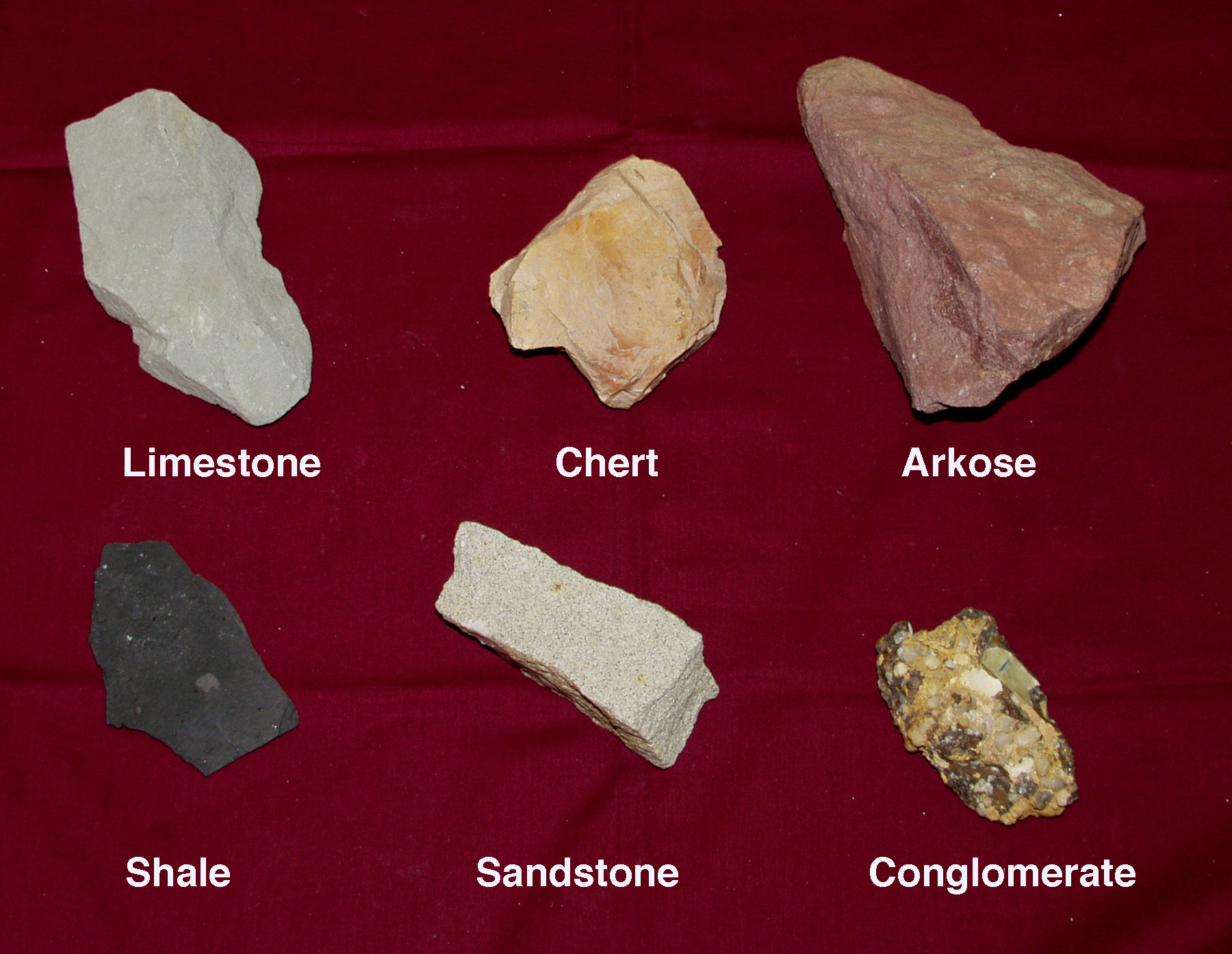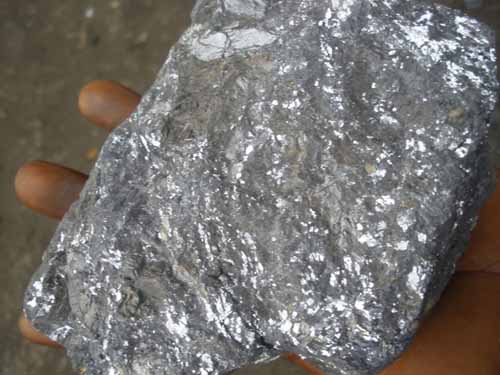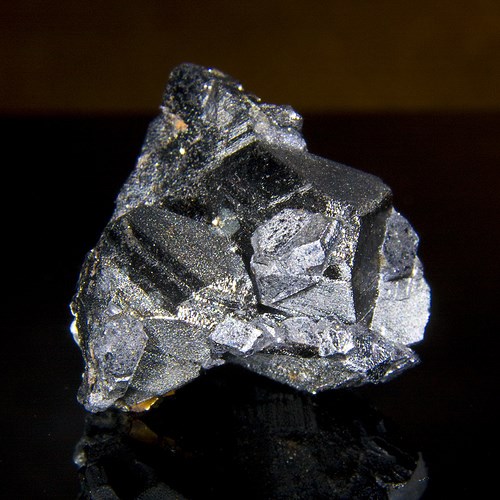Did you know that rocks have a life cycle?

- Sedimentary rocks are formed by sediment that is deposited over time, usually as layers at the bottom of lakes and oceans.
- This sediment can include minerals, small pieces of plants and other organic matter.
- The sediment is compressed over a long period of time before consolidating into solid layers of rock.
- Sedimentary rocks forms layers called strata which can often be seen in exposed cliffs.
- Sedimentary rocks cover the majority of the Earth's rocky surface but only make up a small percentage of the Earth’s crust compared to metamorphic and igneous types of rocks.
- Examples of sedimentary rocks include limestone, sandstone, mudstone, greywacke, chalk, coal, claystone and flint.
- Limestone forms the metamorphic rock marble when subjected to extreme heat and pressure over time (metamorphism).
- Sandstone forms the metamorphic rock quartzite.
- Mudstone forms the metamorphic rock slate.
- Chalk is a soft, white form of limestone.
- Flint is a hard, sedimentary form of the mineral quartz.
Sedimentary rocks

Lead is a chemical element, lead is a soft and capable of being stretched or bent into different shapes and capable of being easily changed or influenced. Metallic lead has a bluish-white color after being freshly cut, but it soon tarnishes to a dull grayish color when exposed to air.
Metallic lead does occur in nature, but it is rare. Lead is usually found in ore with zinc, silver and (most abundantly) copper, and is extracted together with these metals.

Zinc, is a metallic chemical element. The most common zinc ore is sphalerite (zinc blende), a zinc sulfide mineral. The largest mineable amounts are found in Australia, Asia, and the United States.

A natural arch or natural bridge is a natural rock formation where a rock arch forms, with an opening underneath.

**Logging requirements**
DO NOT POST ANSWERS IN YOUR LOG.
Send the following answers to me via email.
- The text "GC55861 Mining town" on the first line
- Name the types of elements that where mined in this town.
- How many mines where inside the city limits?
- At waypoint “Sign” what is holding up the backside of this limestone monument?
| I have earned GSA's highest level: |
 |